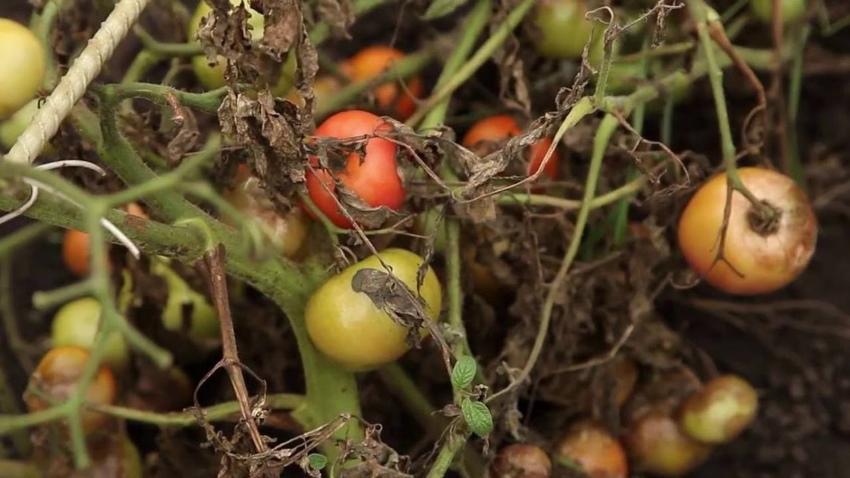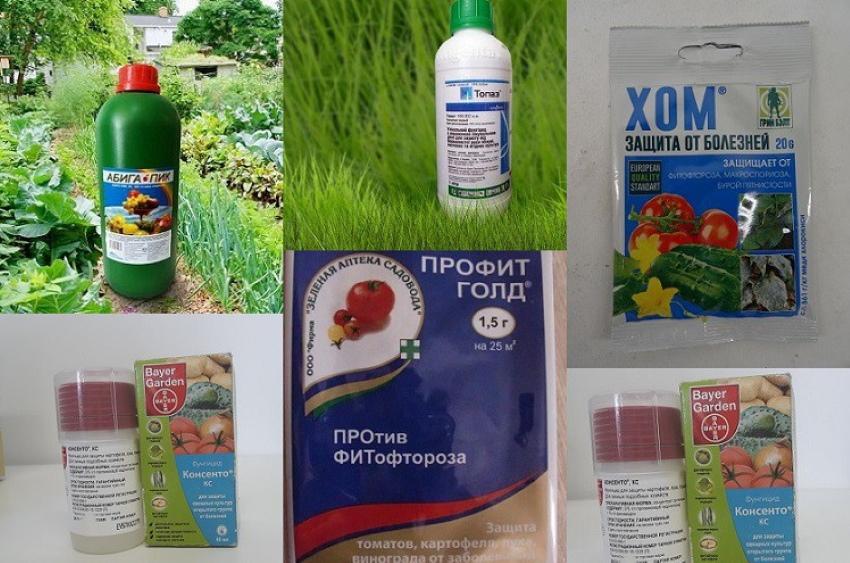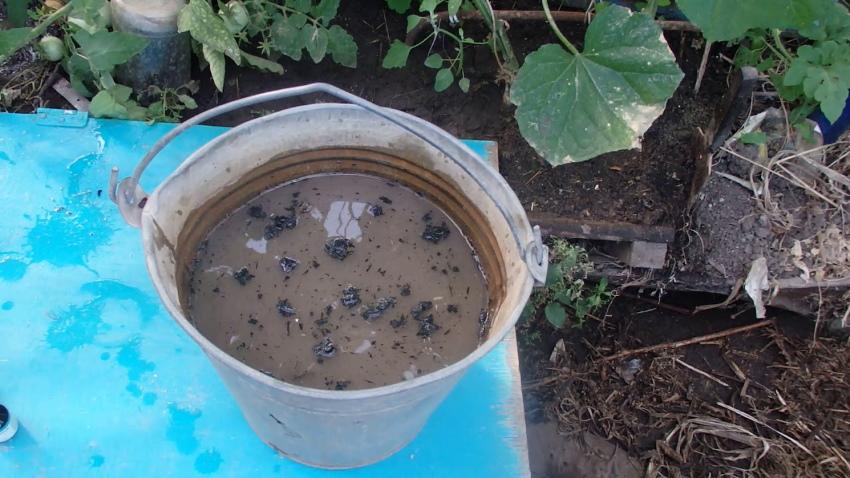How to deal with late blight - saving the harvest
 Late blight is one of the most dangerous diseases that is easier to prevent than cure. The spores of the fungus are very tenacious, and if it appears in the garden or greenhouse at least once, without taking measures, the disease will quickly spread to the entire area. That is why it is important for every gardener and gardener to know how to deal with late blight. First of all, it attacks plants of the Solanaceae family and completely destroys them, depriving the crop. Then the fungus begins to conquer new territories, and the wind only helps it in this. Spores spread throughout the site, falling on plants, roofs, and into the soil. The fungus hibernates well until next season on inventory and greenhouse walls. To prevent the disease from becoming catastrophic, it is urgent and, most importantly, timely to take action.
Late blight is one of the most dangerous diseases that is easier to prevent than cure. The spores of the fungus are very tenacious, and if it appears in the garden or greenhouse at least once, without taking measures, the disease will quickly spread to the entire area. That is why it is important for every gardener and gardener to know how to deal with late blight. First of all, it attacks plants of the Solanaceae family and completely destroys them, depriving the crop. Then the fungus begins to conquer new territories, and the wind only helps it in this. Spores spread throughout the site, falling on plants, roofs, and into the soil. The fungus hibernates well until next season on inventory and greenhouse walls. To prevent the disease from becoming catastrophic, it is urgent and, most importantly, timely to take action.
Late blight appears and develops rapidly under favorable conditions. These include: damp weather, excess lime and moisture in the soil, thickened plantings, a sharp drop in night and day temperatures.
How to deal with late blight using chemistry

The most effective method for killing fungi is treating plants with fungicides. They work well, but there is one drawback: the use of chemicals is impossible at the stage of fruit ripening. But at the beginning of the growing season, this is the best way to fight the disease.
The following drugs will help save crops and crops from late blight:
- Fitosporin - M;
- Ecopin;
- Baktofit;
- Infinito;
- Acrobat.
Folk remedies against late blight
 Starting from the second half of summer, when the fruits ripen, it is better not to use chemistry. They also cope well with the fungus and folk remedies, for example:
Starting from the second half of summer, when the fruits ripen, it is better not to use chemistry. They also cope well with the fungus and folk remedies, for example:
- Garlic infusion with potassium permanganate. Pour 100 g of chopped garlic with a glass of water, leave for a day. Then strain and dilute in a bucket of water, adding a little potassium permanganate (1 g). Spray every 10 days.
- Serum. Dilute the acidic product with the same amount of water. Process the bushes every 3 days.
- Ash. Sprinkle it between the rows. You can also make a spray solution by adding soap for better adhesion.
- Yeast. A bucket of water needs 100 g of product. The solution is effective at the initial stage of the disease.
- Milk with iodine. Pour 1 liter of milk, 15 drops of iodine into a bucket of water. The frequency of processing is every 2 weeks.
Remedies for late blight can be found even in a home medicine cabinet. Metronidazole or Trichopolum also kill spores. Only 1 tablet is needed for 1 liter of water.